Community is a Verb, Not a Place (10 Community Maxims to Know as You Build)
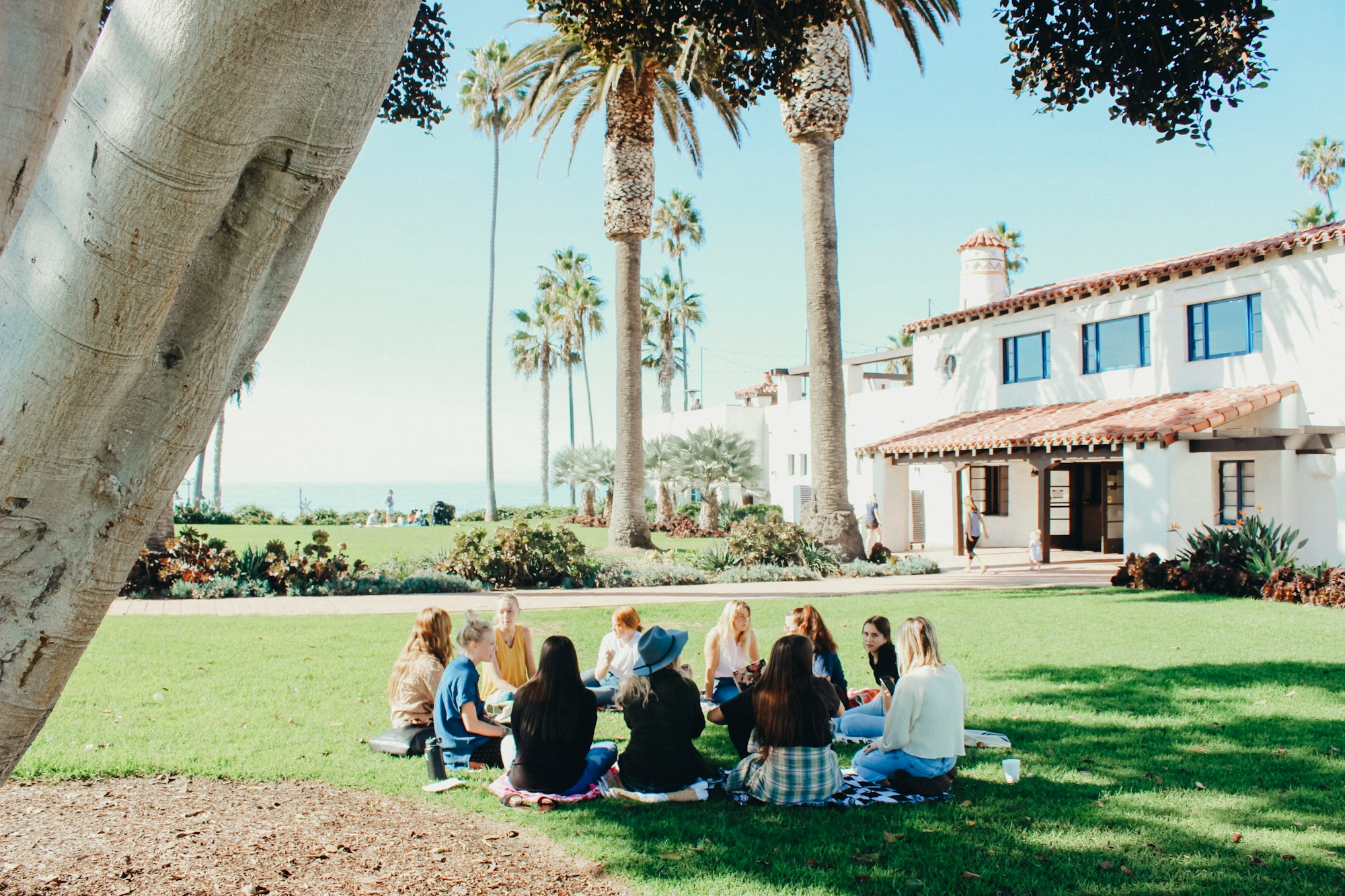
I wanted to share some thoughts and insights on building community that I've cultivated over the years. Bonus GIFs for you as well because, well, GIFs.
I bring these to every meeting and engagement that involves community -- my go to top ten list of things that I talk about when helping founders and emerging brands sort out their community work.
After three insights, my last client flat out asked "Do you have a list of these things? That would be helpful." So in the spirit of building, here's all of them. Fo all of you. 🎁
My top ten is probably not your top 10. And that's OK.
The key is you have your own top 10. Know what they are and you're very clear on them. They're based on your experience and are the bullet points you use to communicate your perspective and approach to community work.
Enjoy the list, I had some serious fun making it.
Note: This isn't just for community operators. Anyone involved with the creation of a community project -- start-up, new brand, new movement, etc. -- should have some version of these in their toolkit!
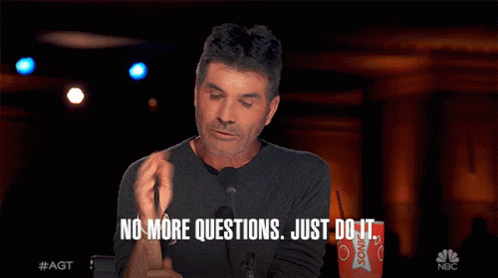
1. Community is a Verb, Not a Place
Problem: We all over-index on technology and infrastructure to build community. It doesn' have to be that complicated (or contrived).
When it comes to community, it's not about the physical space or the fancy building. It's about the things people do, the connections they make, and the experiences they share. Think about it, people don't gather because of a great building; they come together because of a shared interest or passion. So, instead of focusing solely on the aesthetics of a place, prioritize what brings people together.

2. Community Starts When It Wants, Not When You Want It To
Problem: Community isn't a switch you can turn on or off. We can only curate it.
Community doesn't magically appear just because you set up a tent or create an event. It starts organically, sparked by a common interest, a product, or an experience. That's the catalyst that brings people together.
Think about two Jeep owners who connect on the beach; that's a natural community moment, not because of any forced efforts. You can facilitate it, but you can't force it.

3. Community Happens When People Get Together
Problem: Without people showing up, you only have the idea for a community.
A community is formed when people come together, whether it's for a weekly run, a church event, a sports league, or even a virtual space online.
The key is connecting, sharing, and engaging with one another. Without that interaction, it's just a space with one person.
Community thrives on the energy created by people gathering - it can be asynchronous in some cases, but without the people it's not a community.
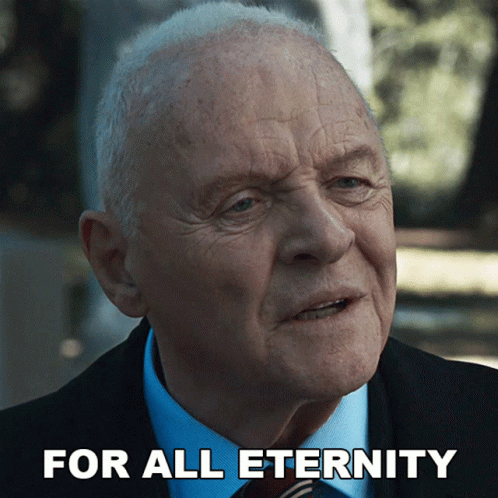
4. Community Outlives Products and People
Problem: If your brand or business isn't engaging with the community around what you do...who is?
True community is not solely dependent on a specific product or individual. It has a life of its own, capable of transcending any one person or thing.
The magic of community lies in its ability to be taken home and shared with others. It's the vibe, the energy, and the experience that continue to resonate even when the event or product is no longer present.
Community is something that can be passed on and spread -- and there are challenges and opportunities at this time.
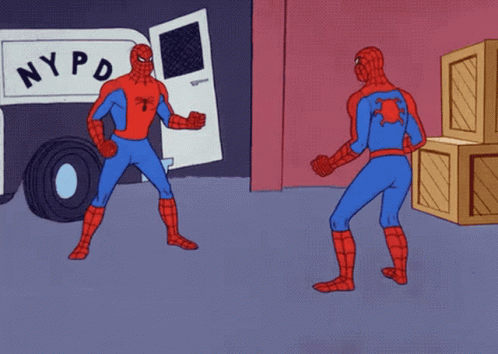
5. Community Means Different Things to the Same People
Problem: Trying to summarize community into a neat set of steps or a process ignores the different types of value that members derive from the experience.
Within a community, individuals have different motivations and expectations. While they may all be part of the same gathering, they each derive something unique from the experience.
Some seek social connections, others focus on improving their skills, and some enjoy being present and soaking in the atmosphere.
Embrace the diversity within a community and avoid reducing it to a singular definition. It's about accommodating different perspectives and nurturing a space where everyone can find value.
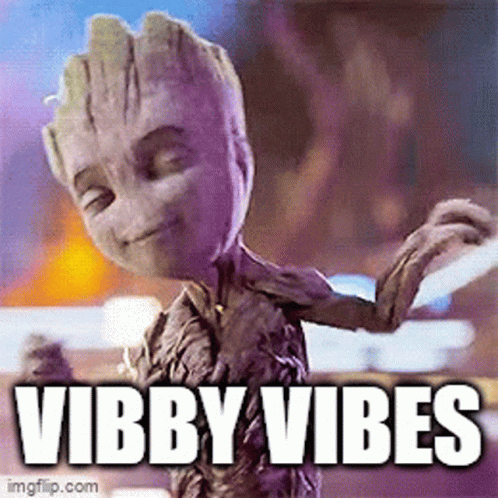
6. Community is a Vibe (And the Other Thing You Want)
Problem: There is no recipe to build community because a large part of it is a vibe, an energy that exists around the experience.
Community is more than just people coming together. It's a vibe, an energy that creates a unique experience.
Just like a musician has a brand or a logo, your community also has its own vibe. So, how do we bring this vibe into our communications, marketing, and customer service?
It's something to ponder upon.

7. People Choose Things that Connect Them to Community
Problem: Organizing people to get more people to organize is a self-defeating exercise.
This is a crucial point that many brands and startup founders miss out on. You can't build a community without having a product or service that brings people together.
It's like trying to gather Jeep lovers without a Jeep. The thing is the starting point, and it has to be good, reliable, and beneficial to the users. Without a solid product, a community won't flourish.
Let's address the elephant in the room - shitty products.
Bad products don't grow, and they certainly don't have a community around them. Sure, there might be some energy and complaints floating around, but that's not a community, that's just a bunch of unhappy people.
As creators, we have to focus our energy on the initial value of our work. That's when the community aspect truly thrives.

8. Community Does Not Have Size, Time or Space Rules
Problem: Creating rules to measure, track, and signal for community ignores the fundamental aspects of what makes community so unique (and powerful).
There's a common misconception that community has predefined rules.
Wrong. There are examples, but not rules.
The truth is, community doesn't have a size, time, or space limitation. It can happen with just two people or require a large group to function.
As builders, we might be tempted to create rules and processes to monetize and control the community, but the reality is that community works independently of those things.
We can amplify what's happening, but we can't force it to happen by imposing rules.
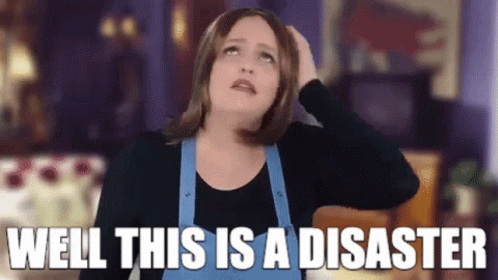
9. Community is Borderline Impossible to Grow by Promoting It
Problem: People are part of communities but don't start by seeking community. They solve personal needs first, and the community becomes part of that experience.
Growing a community through promotion alone won't work. Save your time and money and buy me a coffee when we meet up.
It's like describing your favorite concert experience without mentioning the artist or the concert itself.
It's the same with being a Jeep owner to continue that example. The vibe and energy come from the community of other Jeep owners. You can't simply ask people to join a group without leading with a product or a thing that brings them together.
The community is a differentiating factor, but it should never be the primary focus of your marketing.

10. Once You Understand Community, You See It Everywhere
Problem:
Lastly, once you truly understand the power of community, you'll start to see it everywhere.
It's like a superpower that changes your perspective on connections, engagement, and building. You can't unsee it, and it becomes an opportunity for personal growth and development.
It's not just about business anymore; it becomes a practice, a way of connecting with others and learning from them.
It's up to you how you want to build with this knowledge and your skills!
Final Thoughts
Community is creating an environment where people come together, connect, and share their passions. It's not about solving every perspective or fitting into a predetermined mold.
Facilitating meaningful interactions and fostering a sense of belonging can help create communities that thrive and continue to spread their positive influence.
But never forget that your product, your service, is at the core of this experience!
Author's Note: I don't own a Jeep, but that example really resonates with me!
